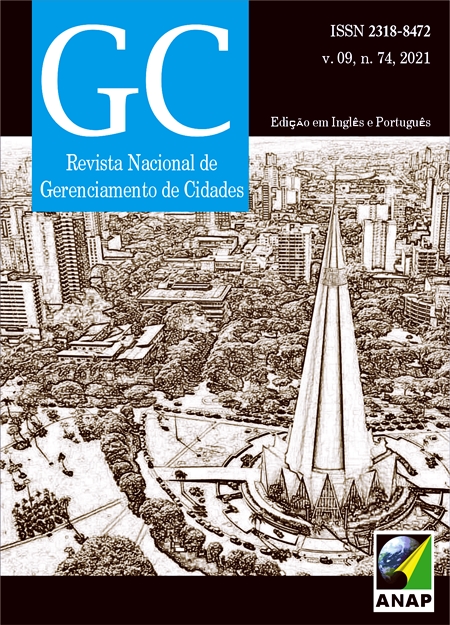Measurement of thermal conductivity in lightweight concrete produced with ground stone residue
DOI:
https://doi.org/10.17271/2318847297420213028Keywords:
Lightweight concrete. Expanded Clay. Crushing Sand.Abstract
With the advancement of concrete production technologies, such as the development of additives, use of different aggregates, dosing methods, mixing and application equipment, they have contributed to the emergence of concrete with special characteristics, as is the case with light concrete. Given the above, this research continues the experimental studies of structural lightweight concrete with expanded clay (coarse aggregate) developed by Lucas and Azambuja (2020). This research presents the results of mechanical properties at older ages, 28 days 214 days for Trait 1 (AN100%) and Trait 2 (AB20%) compared to the results of 7 days of age, however, the main contribution was the measurement of thermal conductivity with construction of a low-cost prototype in accordance with NBR 15220-4:2005, using the protected hot plate method. The results showed compressive strength values of a minimum of 17,8 MPa at 7 days of age and a maximum of 28,6 MPa at 214 days, values above 17 MPa established by NBR NM 35:1995 at 28 days, as well as the tensile strength by diametrical compression, which also presented values that served as a basis for framing concrete as lightweight and structural. The evaluation of thermal conductivity was performed using a hot plate, in which the results were satisfactory between 0,44 and 0,71 W/(m.k), appropriate values to answer the question of thermal performance, thus as well as complying with the established by ABNT NBR 15220-2:2008.














